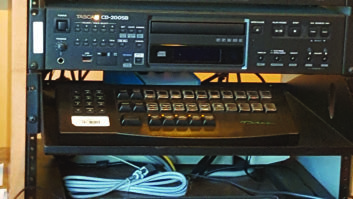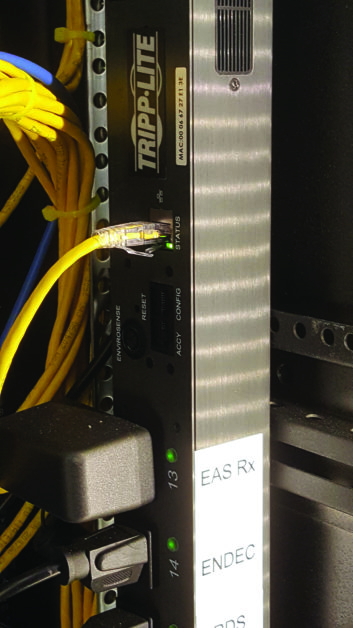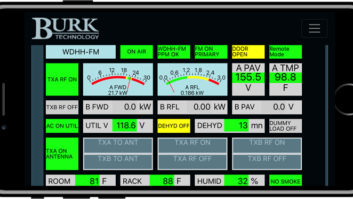
I’ve had the pleasure of speaking to a number of SBE chapters and state associations recently. AES67 compliance is a popular subject, especially in that there are no “AES67 police” to ensure compliance with the AES AoIP standard. Buyer beware!
Another popular discussion is the number of engineers who lose their jobs for doing them “too well.” As management is pressed to reduce expenses, every department is under scrutiny. If you’re not visible to your management, but the station stays on the air reliably, you may be leaving the false impression that you are doing nothing and aren’t needed. Could the station be just as well served by a contract engineer at a fraction of your cost?
Sorry, but these are real considerations that I hear from GMs and owners.
[Why Engineering Training and Mentorship Matter in 2019]
So how do you combat this thinking? By keeping your GM, PD and OM informed of what you and your department are doing. If you get called out overnight or on a weekend, leave a voicemail or email explaining what caused you to be called into the station and how you corrected the problem.
And if it was an overnight call, explain why you won’t be in the station until noon. It takes just a few minutes to inform your coworkers. Most will appreciate knowing your level of service at such an hour. It helps explain why you aren’t showing up at 8:30 the next morning.
Also prepare a brief engineering activity report. This doesn’t have to be anything fancy, just several bullet points to highlight the week’s activities — especially major problems you solved. Send this to all the management team of which you belong — GM, SM, PD and OM.
If your shop is as busy as mine was when I was a practicing engineer, you’ll never remember all the things you work on — even in a week’s time. For every major event, I’d scribble a note on a piece of paper and slip it in a file folder in my desk. At the end of the week, I’d remove all the slips of paper; within five minutes, my bullet-point report was done.
[Garrison Cavell, Cindy Cavell Feted With NAB Engineering Achievement Awards]
Because so much of engineering is “off site,” you must update your management team on your activities. In addition to keeping everyone apprised of your activities, if anyone gets the idea that your position can be eliminated, who will perform all these tasks?
This topic came up in a discussion among engineers at the Michigan Association of Broadcasters state convention. Engineer David Benson told the group about an app called Time Recording Pro by DynamicG. It’s available for both Apple and Android platforms for just $3.49. It is a time management app that permits you to keep track of what you do and when. The data can be exported easily into an email to your comanagers.
This app is also ideal if you do contract engineering — all those little trips or services that get forgotten in a month’s billing time are now captured (and billed). You’re sure to recoup the $3.49 investment quickly.
For the contract engineer, you can summarize your entries by client, and export the information into an email or an invoice. David uses the app exclusively, and I hope you will consider it too. It requires a little change of behavior — logging every activity — but the results are worth it and may just save your job!
For the station engineer, your most important activities are chronicled, and for the contract engineer, you’ll be amazed at how your billing increases. Since the contract engineer has only his or her time to bill, catching all those “little” jobs that get forgotten is important to your bottom line.
***
We’ve had a great discussion over several columns about rack shelves and their supports.

Fig. 2 is another take on the rack shelf. When mounted “backwards” in a turret, it holds a telephone hybrid controller. This makes the controller operation easy for the operator and keeps it off the console desktop surface.
***

Jeremy Preece is the chief engineer for K-Love/Air1, based in California. Jeremy shared an AC power strip he is using that is manufactured by Tripp-Lite.
What makes this power strip unique is the RJ45 connector (and cable) shown in Fig. 3.
The entire strip includes a network interface that enables remote monitoring and control. This is ideal for remote sites that may need to be monitored or require occasional rebooting.
Contribute to Workbench. You’ll help fellow engineers and qualify for SBE recertification credit. Send Workbench tips and high-resolution photos to johnpbisset@gmail.com.
Author John Bisset has spent 49 years in the broadcasting industry and is still learning. He handles western U.S. radio sales for the Telos Alliance. He is SBE certified and is a past recipient of the SBE’s Educator of the Year Award.







